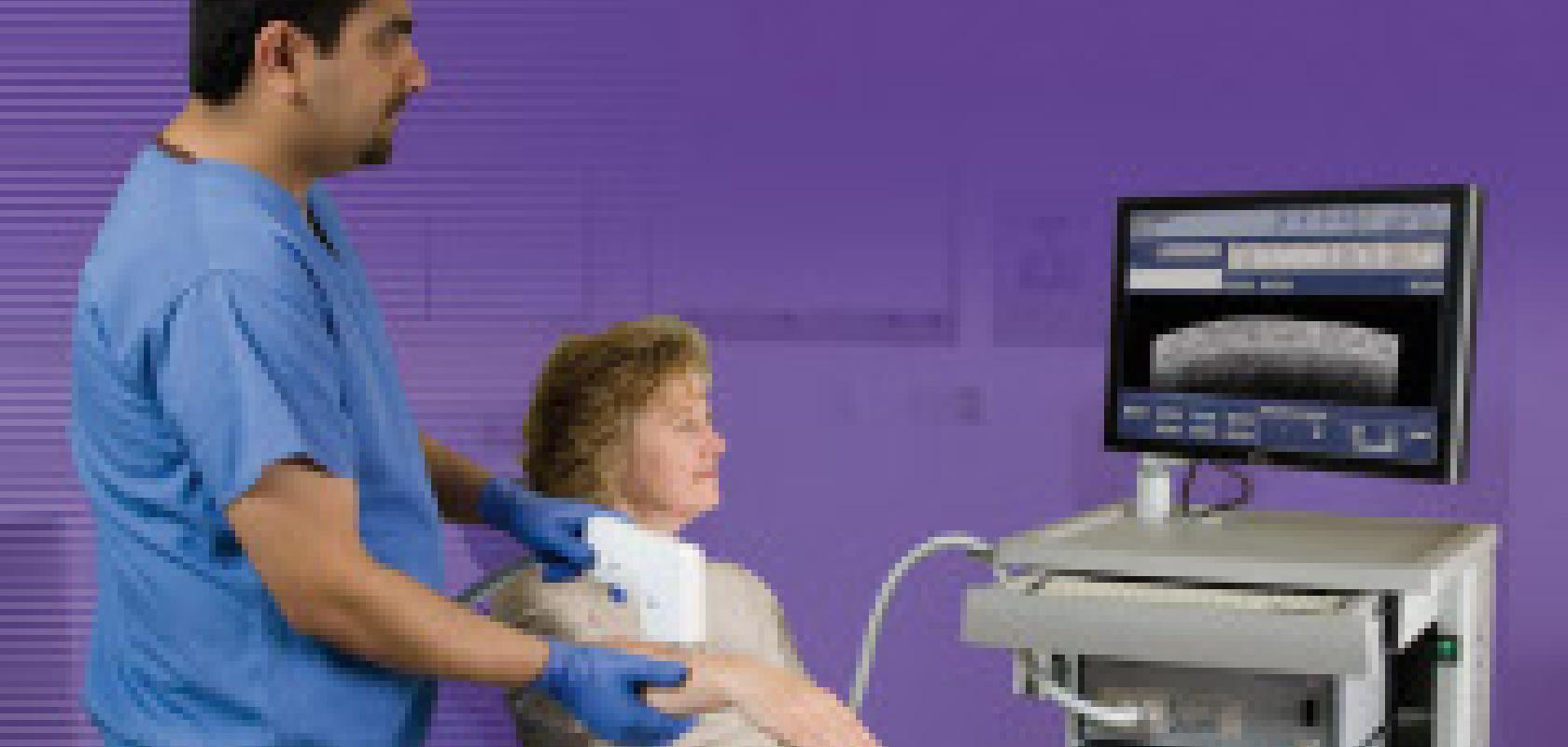UK-based optical coherence tomography (OCT) specialist Michaelson Diagnostics has announced that a case study documenting the successful use of the company's VivoSight OCT scanner for in vivo mapping of non-melanoma skin cancer has been published in the March 2011 edition of Photodiagnosis and Photodynamic Therapy. During the case study, clinicians used the company's OCT scanner to accurately asses the extent of tumours, so as to be able to use non-invasive photodynamic therapy (PDT) to treat the tumour. Ordinarily, PDT is not used to treat non-melanoma skin cancer due to the difficulty in ascertaining whether or not the tumour has been removed in its entirety, but the company's laser OCT scanner allows clinicians to be sure that the procedure has been successful. The key benefit of PDT over conventional surgical excision is that it is non-invasive and therefore avoids surgery scars.
The case study was performed by Zaid Hamdoon and a team led by Colin Hopper at the Unit of Oral & Maxillofacial Surgery, University College Hospital London, and was supported by Killing Cancer, a charity dedicated to treating cancer patients with PDT.
The VivoSight scanner uses OCT to obtain images of sub-surface tissue similar to ultrasound at a sub-micron resolution, enabling the clinician to see critical details of the skin epidermis and dermis in real time. Michelson Diagnostics has already obtained CE mark and FDA clearance for clinical use of the scanner in Europe and the USA, and the device is being evaluated at leading cancer clinics in Europe and USA.


